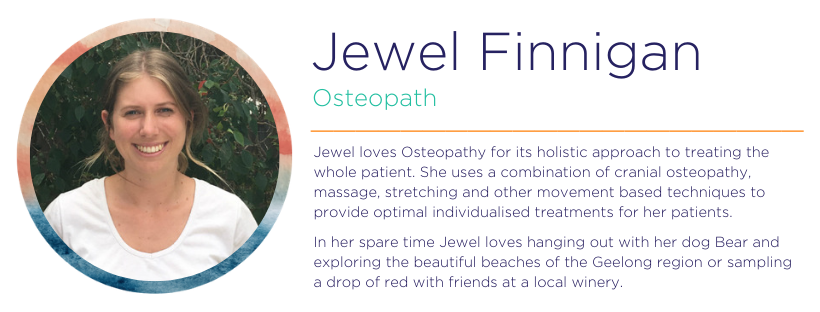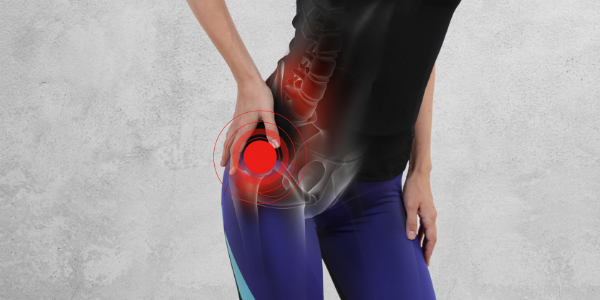The hips are one of the strongest joints in our bodies, taking large amounts of force, weight and repetitive movements as we walk, sit and jump. This is why it is important for us to take care of them when we are in pain. Trochanteric bursitis is a common hip condition. It usually presents in women aged 40-60 years of age, however, it can present at any age.
What is trochanteric bursitis?
According to the American Academy of Orthopedic surgeons, trochanteric bursitis is an inflammation of the bursa, which is a small fluid-filled sac that provides lubrication between muscles, tendons and bones to reduce friction. Trochanteric bursitis usually occurs secondary to falls, surgeries, or repetitive trauma. This includes rubbing of the tissues around the bursa that may be due to loading mechanics as you walk, sit or stand. Trochanteric bursitis can take several weeks to several months to get on top of. This is why is it so important for you to know what treatments are available to you, how to access them and what they involve for you to be proactive about your health.
What are the symptoms of trochanteric bursitis?
- Pain on the outside of the hip joint
- Pain that may radiate down the thigh
- Pain lying on your affected side
- Pain that is worse after prolonged activity
- Pain that is worse after repetitive activity
How can Osteopaths help manage this condition?
Absolutely! As osteopaths, we are focused on treating your whole body and not just your symptoms. This means that when treating a patient with trochanteric bursitis we look at all the different factors that may be contributing to your diagnosis of bursitis. In my experience, bursitis is often found alongside postural imbalances that may affect peoples hips, pelvis, lower back and gait.
By treating the muscles, ligaments and other tissues in the hip that surround the inflamed bursa we are looking reduce friction, create more space around the bursa and improve the overall range of motion within your hip joint. Depending on the patient, we may use a variety of different techniques including massage, joint mobilisation, myofascial release, stretching and balancing of the muscles and joints.
What other options are there for trochanteric bursitis?
Trochanteric bursitis can be a very painful condition. As such doctors will commonly prescribe non-steroidal anti-inflammatory (NSAIDs) medications and cortisone injections to help alleviate the symptoms. These medications can be great for providing temporary relief from pain and inflammation, however, it is important to talk to your GP about all the possible risks and benefits of these treatments.
As osteopaths, we work closely with GP’s and other health care providers. From our experience, a joint management plan between your GP and your osteopath is a great way to ensure that you are covering all the bases.
What can you do at home?
- Stretches to reduce muscle spasm and compression of the hip joint
- Corrective exercises to help stabilise your hips, pelvis and lower back with the aim of taking the pressure off the bursa
- Avoiding or modifying movements and activities that aggravate your hip pain
- Maintain a healthy weight
Have you tried any of the tips above? Do you have any other tips that work for you? Let us know!
About the author:

